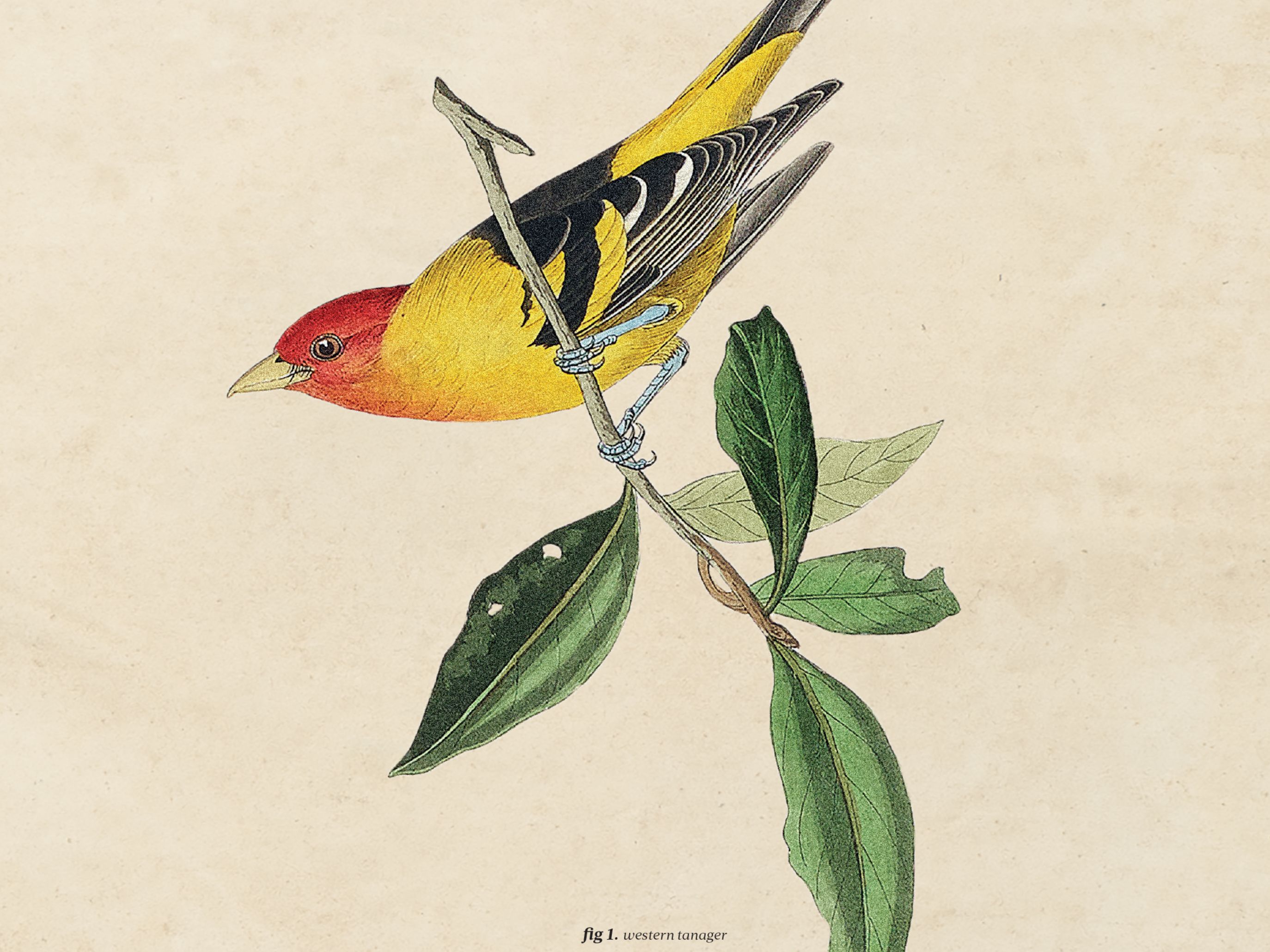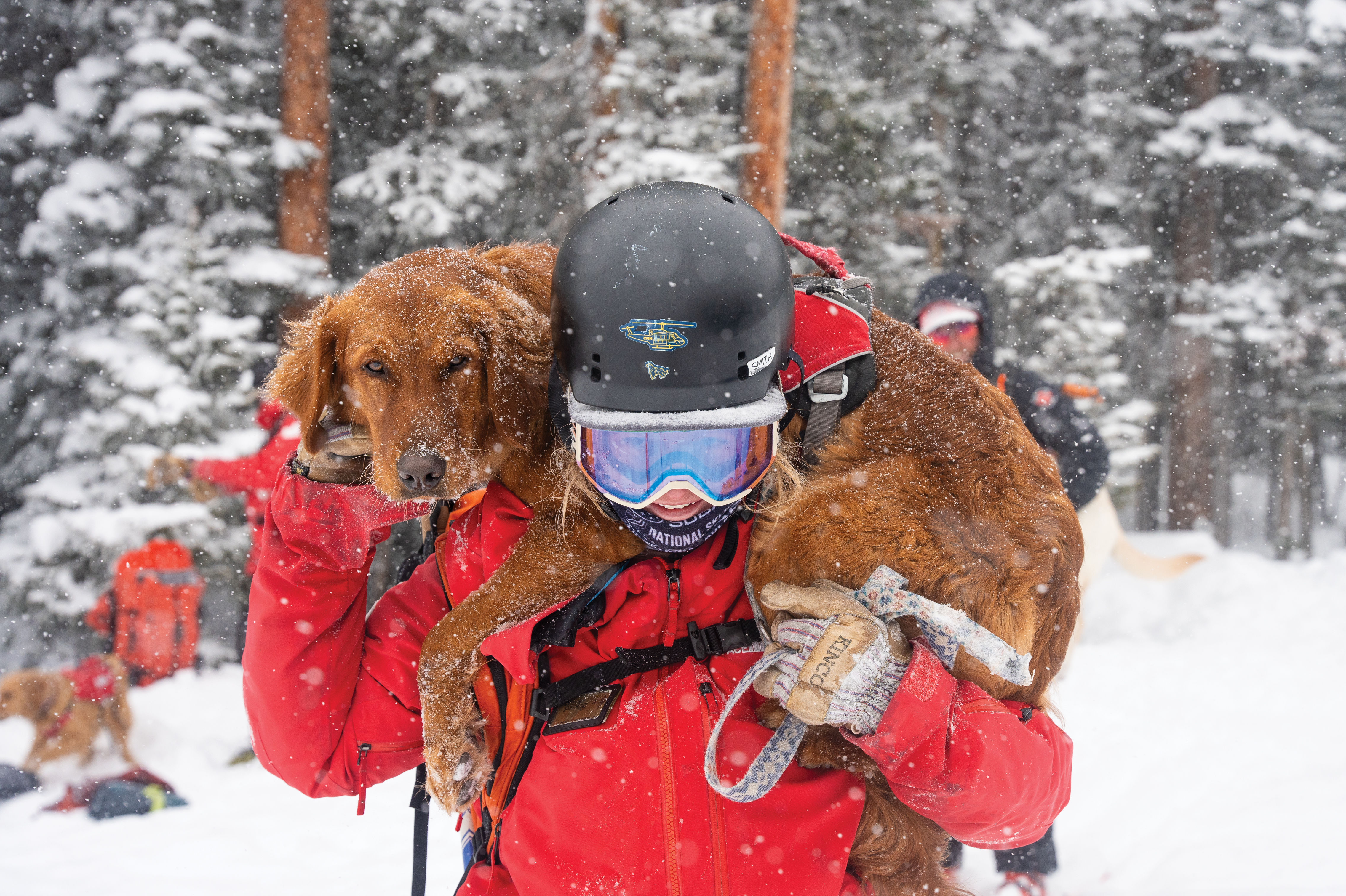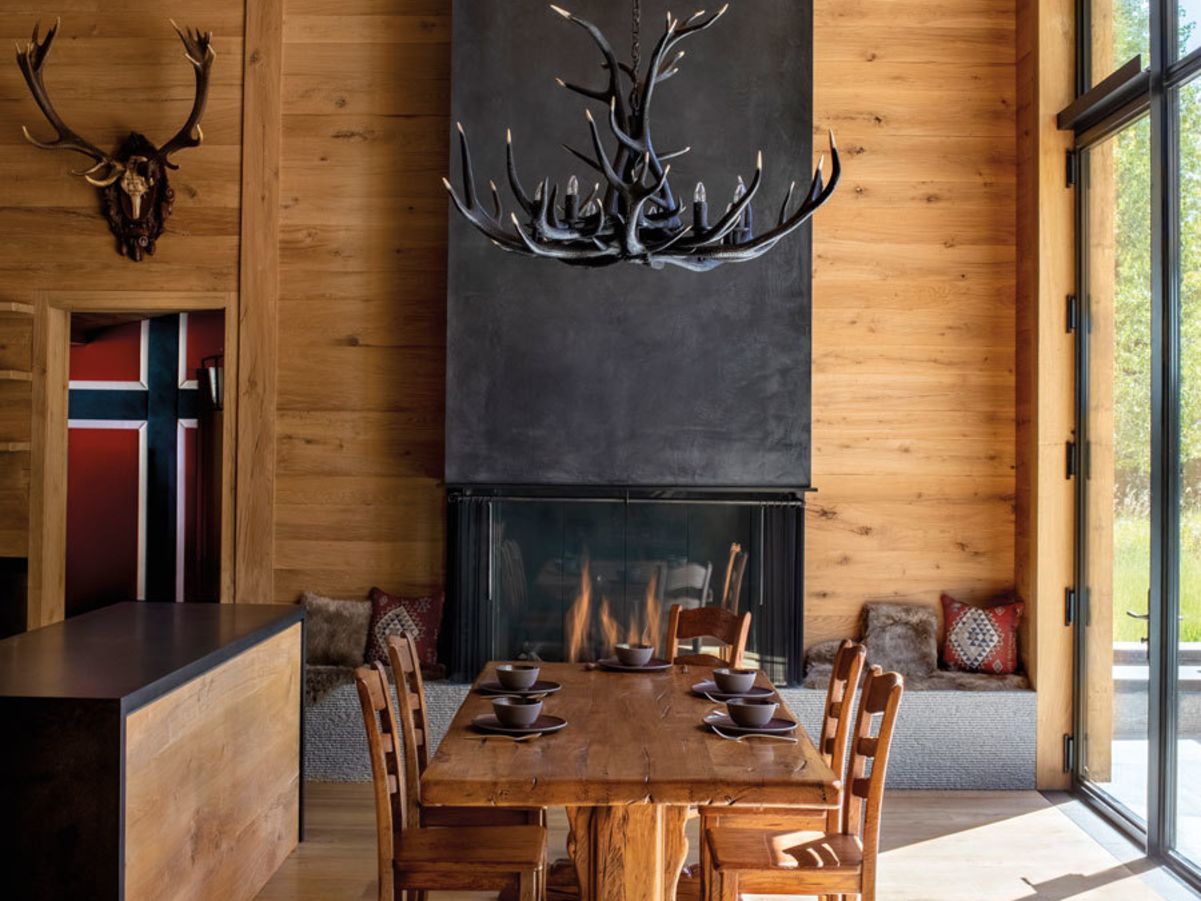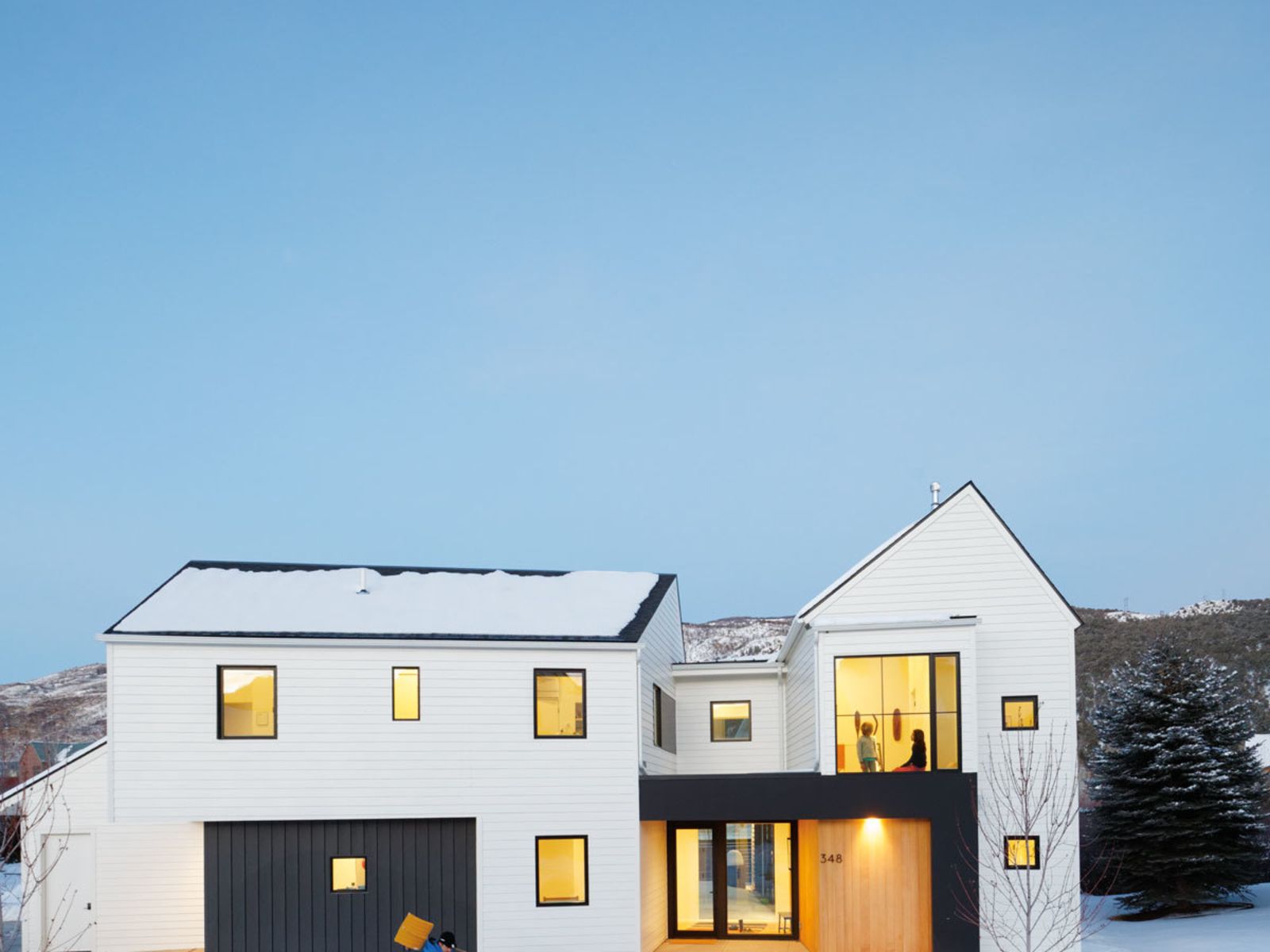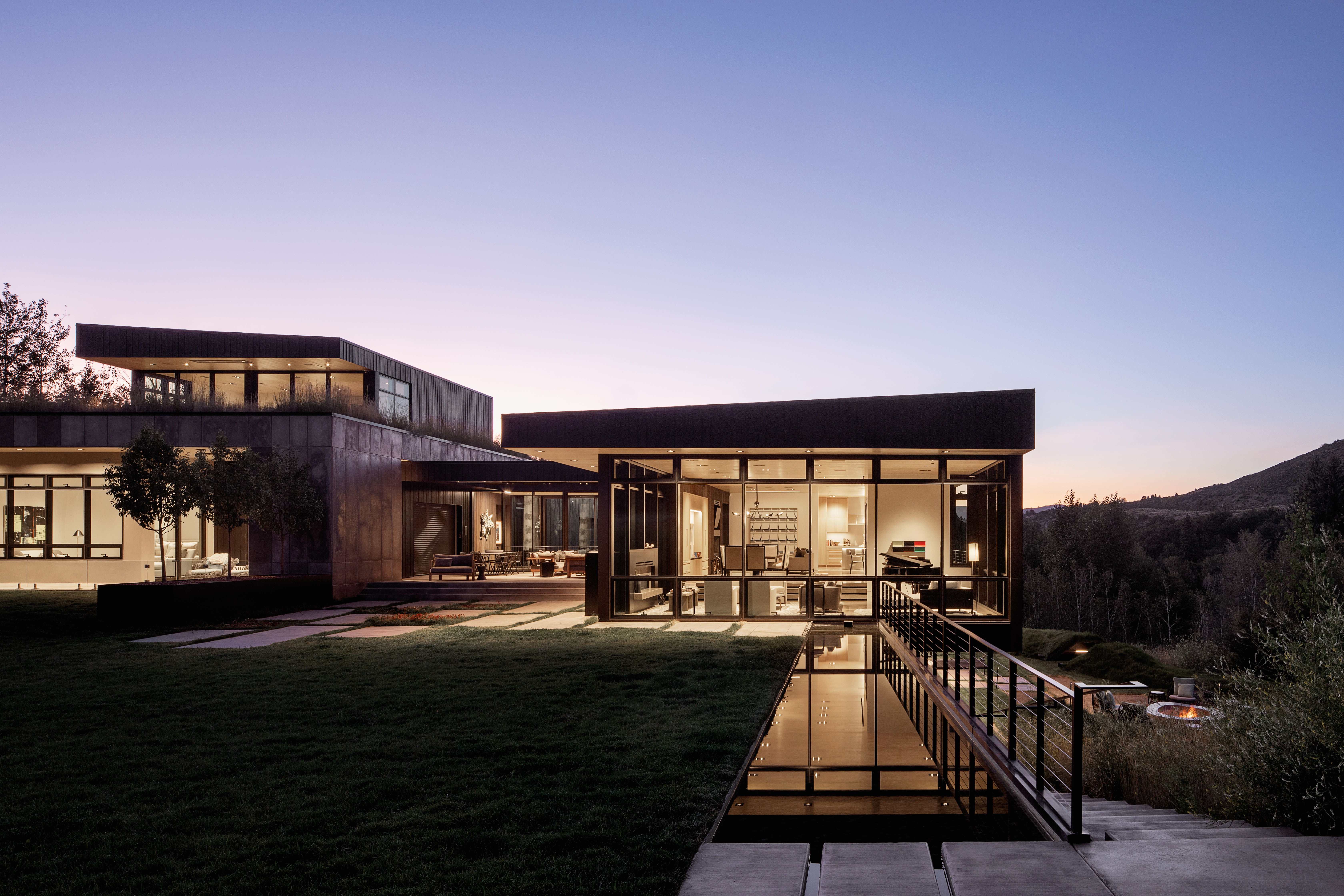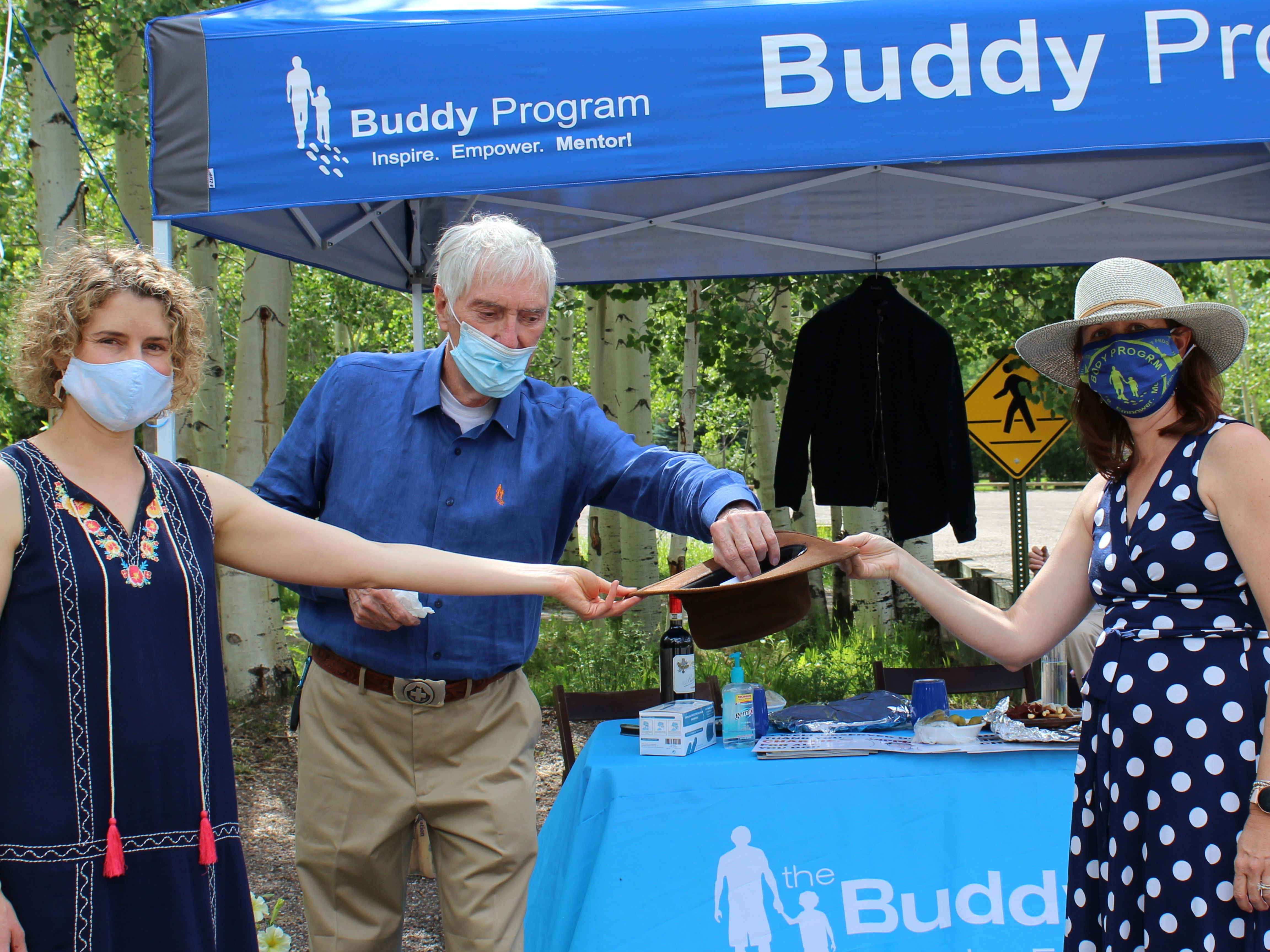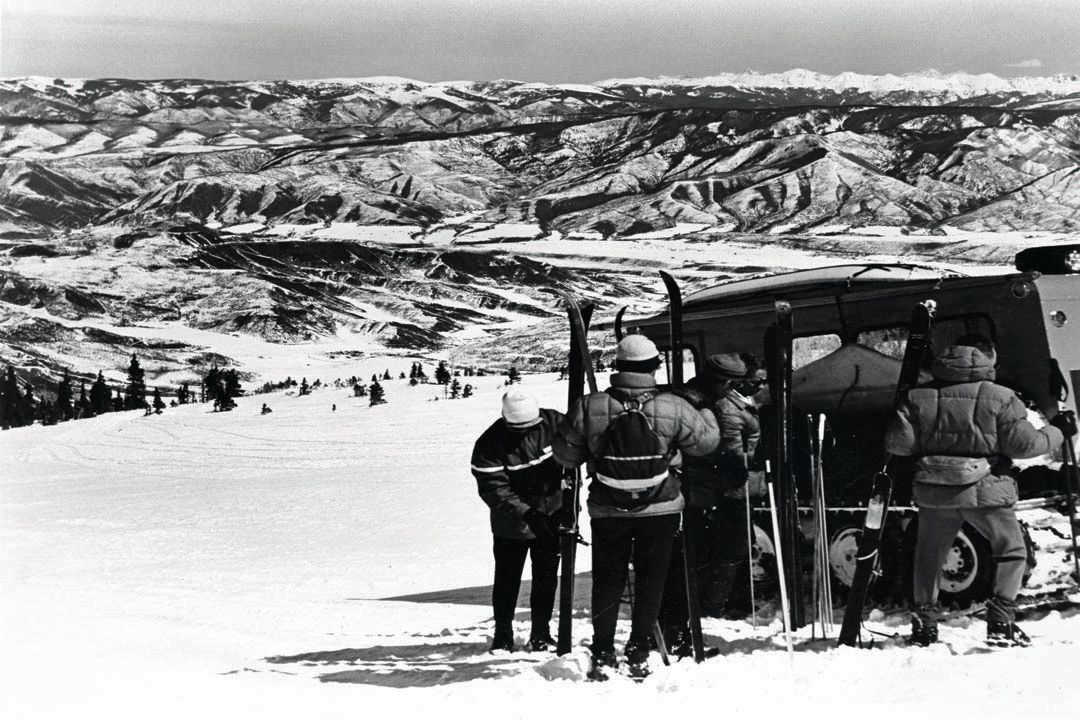
Snowmass Then & Now: 50 Years of Skiing History
In September 1967, three months before Snowmass’s scheduled opening, sales and marketing director John Cooley received an early-morning phone call from Stein Eriksen. The world champion ski racer—one of the country’s biggest sports celebrities at the time—had bad news.
“I can’t come,” Cooley remembers Eriksen telling him. Nine months prior, on a handshake deal, Cooley had convinced Eriksen to leave his post as director of skiing at Sugarbush, Vermont, to run the new ski school at Snowmass. Eriksen’s celebrity status would help put Snowmass on the map, Cooley had told colleagues, who laughed when he proposed the unlikely idea of poaching Eriksen from a handsomely paid position with a five-year contract. Now, Sugarbush owner Damon Gadd refused to release him from the contract, and the Norwegian superstar’s reneging threatened to derail the publicity plan Cooley was counting on.
After hanging up, Cooley had an idea. He called Eriksen back, suggesting he request one more meeting with Gadd and this time bring along his wife, Garvene. At the meeting, she broke down in tears upon hearing Gadd’s refusal, and the owner relented.
Less than 24 hours later, Eriksen appeared at a hastily arranged press conference in Denver’s Brown Palace hotel. His announcement as Snowmass’s director of skiing made national news, and Cooley’s hunch proved correct. When Snowmass opened on December 16, 1967, newspapers and magazines across the globe hyped it, with rave reviews helping cement its reputation as one of the nation’s best ski resorts for many years to come.
“I think the major draw was it was a family area, and from top to bottom it was pretty even, unlike Aspen and a lot of other mountains,” says Cooley. “And we got all the breaks.”
Indeed, Snowmass’s early history was defined by chance encounters combined with stubborn persistence and unwavering belief in the resort’s potential.
Former ski racer and developer Bill Janss had been scouting Colorado for a large mountain with plenty of developable land to build a ski resort. His friend Kingsbury Pitcher, who helped the search with his small airplane, called Janss home from a European ski trip one day in 1958. The ideal location, he said, was in plain view from his Little Woody Creek ranch: Baldy Mountain and the wide, rolling hills of the upper Brush Creek Valley.
After some aerial scouting and a reconnaissance mission that involved landing a plane atop the Big Burn and skiing untracked powder, Janss agreed it was the perfect mountain. He spent the next several years buying up Brush Creek ranches for ski village development and offering first private, then public snowcat tours to showcase the merits of skiing in the area.
The tours were a resounding success—some 5,000 people got a taste of endless powder skiing, and the Aspen Skiing Company was suitably impressed with the terrain to agree to develop the ski area. A chance meeting between Cooley and then-US Defense Department chief Robert McNamara and his wife led to the first reservation for a home site, unleashing a flood of interest in Snowmass real estate. Marketers chose the original name, Snowmass-at-Aspen—taken from a nearby peak and valley—because it sounded more appealing and sophisticated than Brush Creek.
In spring 1967, construction began on the first of what were supposed to be several Alpine-style, ski-in-ski-out villages—the start of a herculean nine-month effort to build five lodges, more than 25 businesses, some 100 condos, and 10 private homes, plus the infrastructure and amenities to support them. Cooley recalls an ad hoc fleet of pickup trucks and a snowcat delivering furniture to lodges shortly before opening weekend, salesmen laying carpet on opening eve and piles of remaining construction materials thankfully covered by a last-minute snowstorm.
Despite skeptical local authorities, labor strikes, and the sheer logistical challenges, Snowmass-at-Aspen opened on time, in mid-December 1967, with Stein Eriksen ski jumping through a paper-covered hoop, among other festivities.
But Janss’s vision of European-style villages connected by ski trails withered shortly after the opening, when he left to run Sun Valley (see sidebar).
As Snowmass continues to grow—through multiple ski area expansions and rising skier visits, the incorporation of the Town of Snowmass Village in 1977, and subsequent development—the pioneering spirit and collective effort of those early, heady years are still fondly remembered.
Who was Bill Janss?
Third-generation Southern California developer Bill Janss ran his family’s real-estate investment company with his brother, Ed. The Janss brothers, whose holdings were worth $100 million in the 1960s, developed the initial planned community of Thousand Oaks, California, and owned large cattle and feedlots, among other projects. But Bill’s passion, as a former Olympic-caliber Alpine racer, was ski areas.
In 1964, while he was in the throes of planning and promoting Snowmass, the owners of Sun Valley hired the Janss company to help get the struggling resort back on its feet. The consulting contract morphed into a sale, and by year’s end, the Janss brothers had bought Sun Valley from the Union Pacific Railroad for $3 million.
Bill, who had honeymooned at Sun Valley, turned his full attention to it in 1968, buying out his brother’s interest and selling the family’s half-interest stake in Snowmass to American Cement. At Sun Valley, he expanded the terrain and built condos, and was generally credited with making the resort accessible and popular with a growing number of skiers. In 1977, he sold the resort to Earl Holding and his Sinclair Oil company.
Bill died of cancer in 1996 at home in Sun Valley.
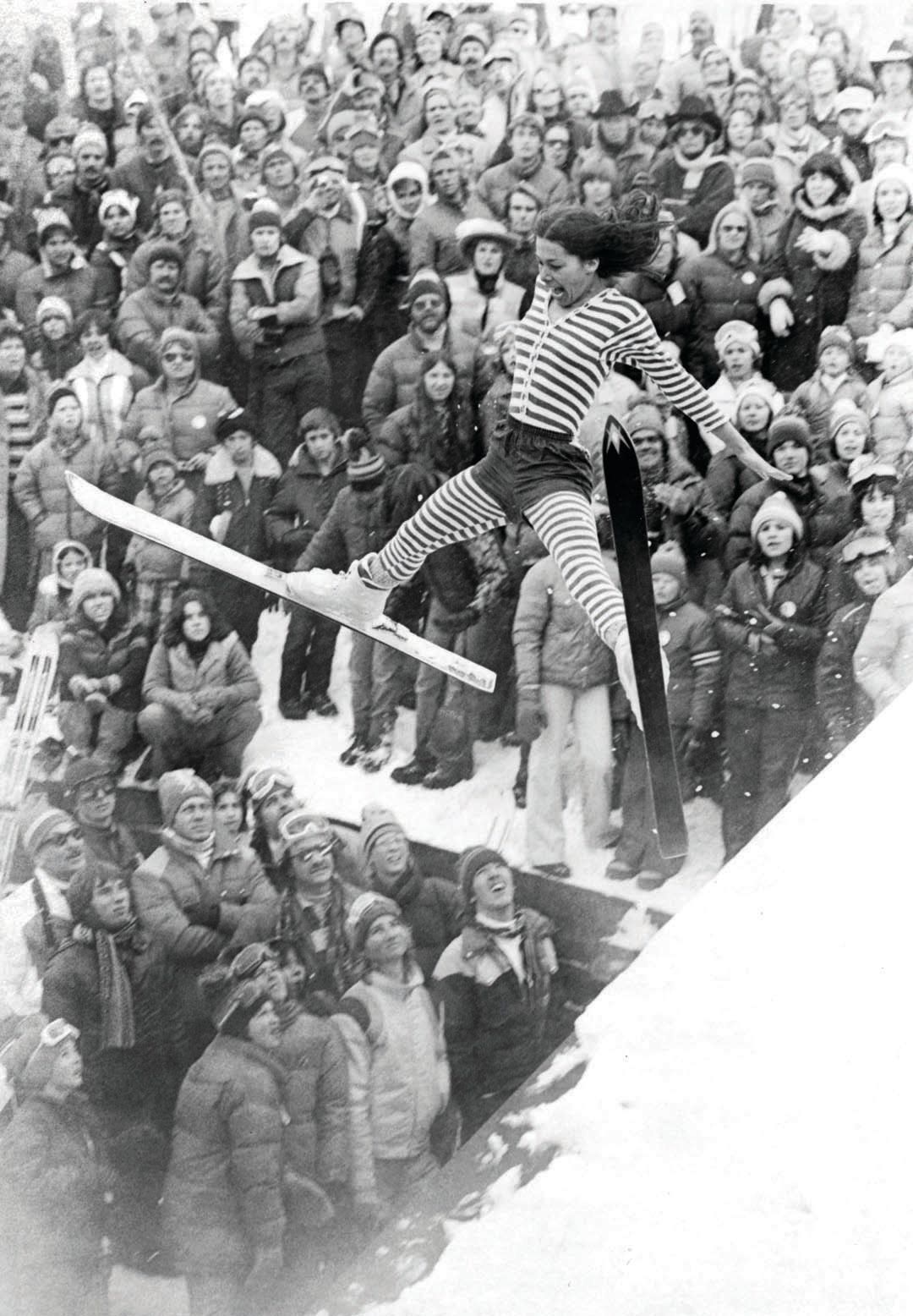
In 1977, Knansee Guglielmo took third in the women's division of the Wintersköl Ski Splash at Snowmass.
Timeline: Snowmass grows up
1967: Snowmass Ski Area opens with five lifts and 50 miles of trails on some 580 acres.
1973: Alpine Springs chairlift opens, accessing the east side of Baldy Mountain.
1978: High Alpine chairlift opens.
1984: Double-black-diamond Hanging Valley Wall opens.
1986: Fanny Hill and Coney Glade high-speed quads open.
1987: Big Burn chair opens, offering speedy access to the summit.
1995: Two Creeks base area opens, served by the Two Creeks chair, and new Elk Camp high-speed quad accesses the summit of Burnt Mountain.
1997: Cirque platter pull debuts, raising Snowmass’s top elevation to 12,510 feet.
2005: Six-passenger high-speed Village Express chair opens, along with the Skittles pulse gondola, connecting the Snowmass Mall and Base Village.
2006: Elk Camp Gondola debuts, taking passengers from Fanny Hill to Elk Camp.
2015: Realigned, high-speed quad replaces the High Alpine double chair.






